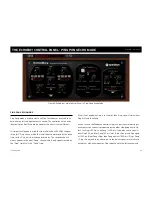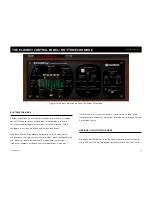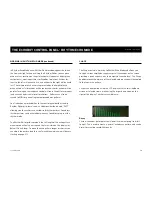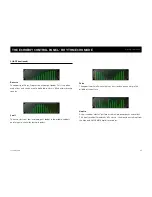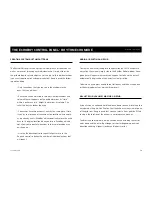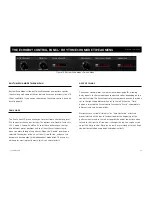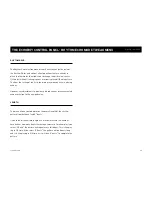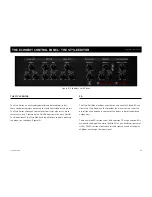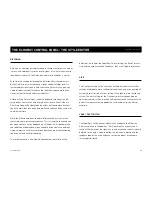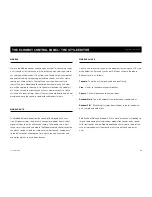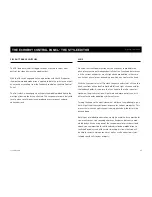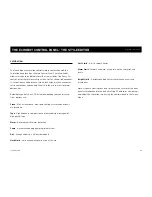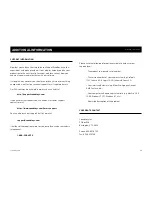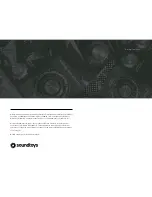
37
soundtoys.com
THE ECHOBOY CONTROL PANEL - THE STYLE EDITOR
Echoboy — Version 5
The FB (Feedback) and Out toggle switches are used to select what
parts of the signal recieve the wobble effect.
With the FB switch engaged (in the up position with the LED indicator
illuminated) wobble modulation is applied to both the initial echo as well
as any echoes resulting from the Feedback control on the Main Control
Panel.
The Out switch, when engaged, will apply the wobble modulation to the
wet signal, leaving the dry unaffected. This can generate some truly wild
results when set at higher levels, producing very resonant and pro-
nounced effects.
FB / OUT TOGGLE SWITCHES
We know that the Wobble section has the capability to modulate the
pitch of every echo path independently. What the Sync knob determines
is if the various echo paths are all aligned and modulating in the same
way (rate or phase) or not, depending on which way you turn the knob.
With the Sync control set at 12 o’clock the phase and rate of all the echo
pitch variations will be identical for both left and right channels and for
the feedback paths. As you turn the Sync knob to the left or counter-
clockwise, the pitch variation will get more and more out of sync, with
different echo paths wobbling at different rates.
Turning the knob to the right (clockwise), will leave the wobbling in sync,
but will put the pitch variation out-of-phase for various echo paths. This
means that when the right channel is being pitched up, the left will be
pitched down.
Both types of modulation deviation are highly useful and can provide for
some really great, rich sounding choruses, flanges and of course mod-
ulated delays. When using one of the random waveforms as described
above, you can impart both subtle and radical random modulation to
the EchoBoy delays and with careful tweaking it is likely that you will
be able to recreate vintage sounds as well as craft new custom styles
tailored specifically to your projects.
SYNC

